Let Me Guess…
Most women’s gym routines completely skip chest and shoulder training or toss in a few “toning” moves with dumbbells and call it a day.
That’s not good enough. Let’s do more!
This upper body workout isn’t about shrinking. It’s about showing up, building strength, physically and emotionally. Whether you’re midsize, curvy, new to lifting, or somewhere in between, chest and shoulder training is a powerful, posture-lifting, confidence-building game changer.
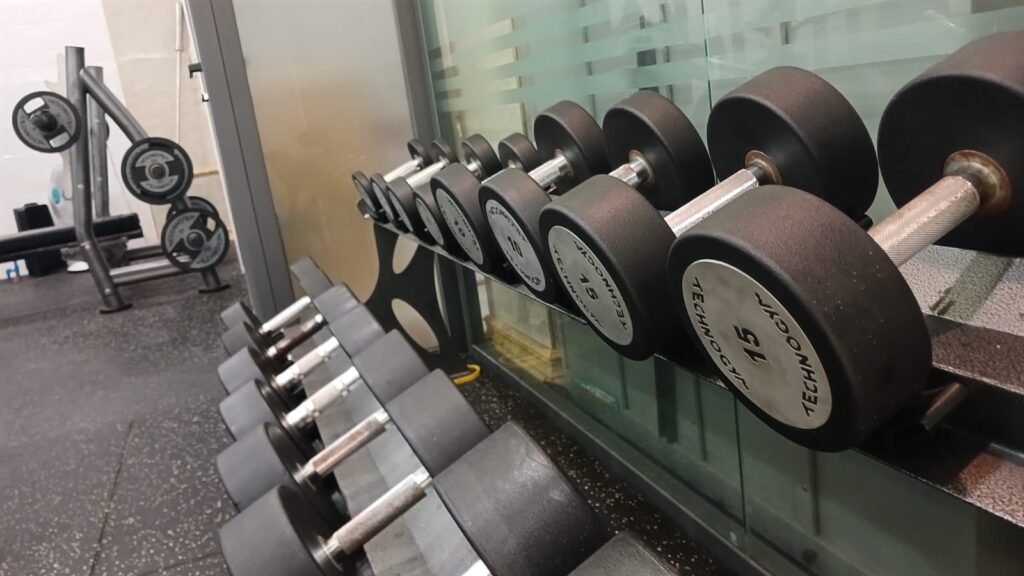
Why Women Should Train Chest and Shoulders
Your chest and shoulders are major movers in your daily life. Yet, they’re often ignored in mainstream programs.
Here’s why that needs to know:
- Improved Posture & Shoulder Health: Strong pecs and delts help counteract forward-rounded posture caused by sitting, driving, or texting. Training these muscles strengthens your upper body’s natural “pullback” system, improving shoulder alignment and reducing chronic tension in the neck and upper back.
- Real-Life Strength: This isn’t about lifting groceries, it’s about building the muscle and joint integrity needed to do everything better. Push-ups, planks, overhead lifts, they all demand upper body strength. And if you’re skipping chest and shoulders, you’re leaving serious power untapped.
- Symmetry & Full-Body Aesthetics: Training chest and shoulders balances the strong lower body focus many women already have. It creates a sculpted, athletic silhouette, improves upper-body symmetry, and supports compound lifts like deadlifts and squats via upper back and shoulder stability.
- Worried about “bulking up”?: Don’t be. Women have a fraction of the testosterone required to build size like men. Instead, you’ll develop lean, toned definition, not bulk.
Full Chest and Shoulder Workout for Women
This is a push-day routine designed for real strength and functional movement. Do this once or twice per week, and expect measurable improvements in strength, posture, and muscle tone within 4–6 weeks.
- 🏋️ Skill Level: Beginner to Intermediate
- 🕒 Time: 35–45 minutes
- 📍 Location: Gym or at-home adaptable
Upper Body Warm-Up (5–8 Minutes)
Before you lift, you prep. A smart warm-up activates the exact muscles you’re about to train, wakes up the nervous system, and reduces injury risk.
| Exercise | Duration / Reps | Purpose | Form Tips |
|---|---|---|---|
| Arm Circles | 30 sec forward + 30 sec backward | Activates shoulders and increases blood flow | Start small, grow larger. Stay controlled. |
| Band Pull-Aparts | 2 × 15–20 reps | Primes rear delts and upper back | Keep arms straight, shoulder height. Squeeze shoulder blades. |
| Wall Angels | 2 × 8–10 reps | Improves shoulder mobility and posture | Keep back flat on wall. Slow, controlled reps. |
| Incline Walk or Row (Optional) | 2–3 min | Increases core temp and heart rate | Maintain good posture and breathing. |
💡 Pro Tip: Never skip warm-ups. Even one round builds a stronger mind-muscle connection and helps you lift more efficiently.
Chest & Shoulder Workout at a Glance
| Exercise | Sets × Reps | Equipment |
|---|---|---|
| Dumbbell or Barbell Bench Press | 3–4 × 6–8 | Barbell or Dumbbells |
| Overhead Shoulder Press | 3 × 8–10 | Dumbbells |
| Incline Dumbbell Press | 3 × 10–12 | Dumbbells |
| Lateral Raises | 3 × 12–15 | Dumbbells |
| Push-Ups or Elevated Push-Ups | 2–3 × AMRAP | Bodyweight/Bench |
Let’s break each one down:
Bench Press (Barbell or Dumbbells)
- Sets/Reps: 3–4 × 6–8
- Muscles: Chest, shoulders, triceps
This is your foundational pushing movement. Use a barbell for heavier lifts or dumbbells for more shoulder-friendly range of motion.
Form Tips:
- Feet flat, core tight
- Elbows angled at ~45°, not flared
- Lower with control, press with intent
🔍 Note: Strong pecs don’t just help you push more, they protect your shoulders by stabilizing the shoulder joint during compound movements.
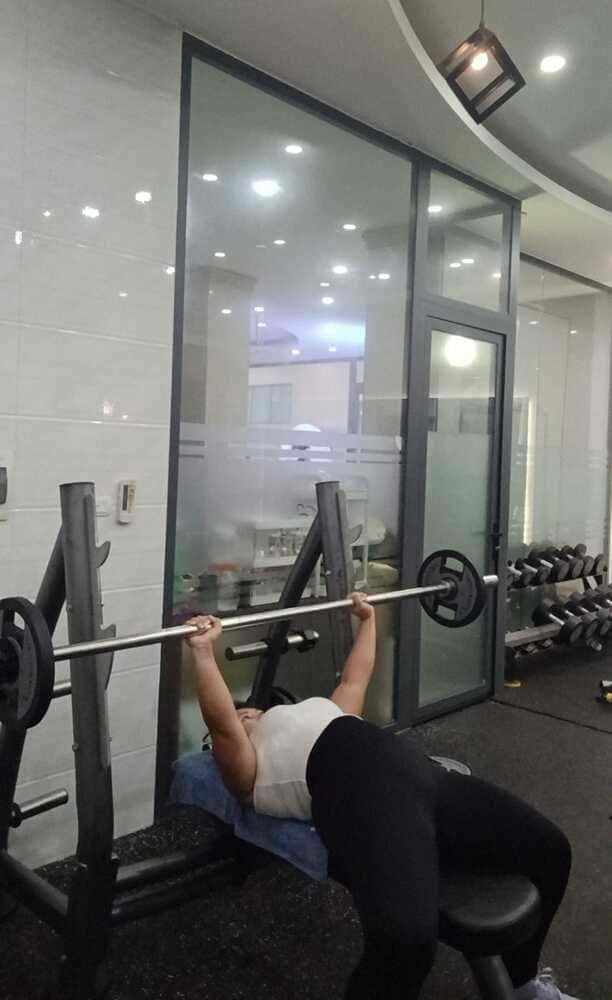
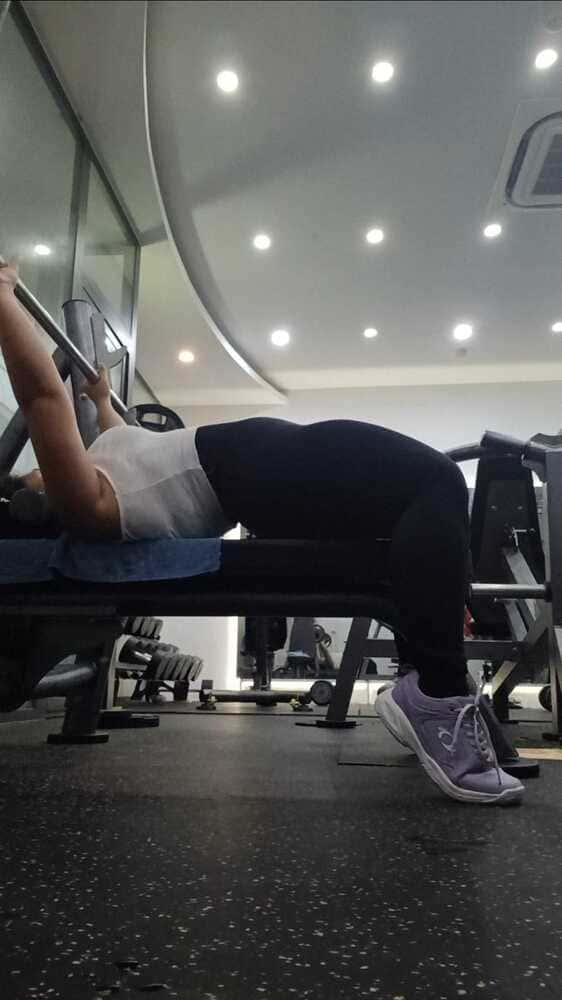
Overhead Dumbbell Shoulder Press
- Sets/Reps: 3 × 8–10
- Muscles: Front delts, upper chest, triceps
A must-have for building shoulder size, strength, and overhead power.
Form Tips:
- Keep your core engaged, avoid rib flare
- Elbows slightly in front of your torso, not flared
- Control both the press and the descent
💡 Standing version = more core work. Seated = more load focused on the shoulders.
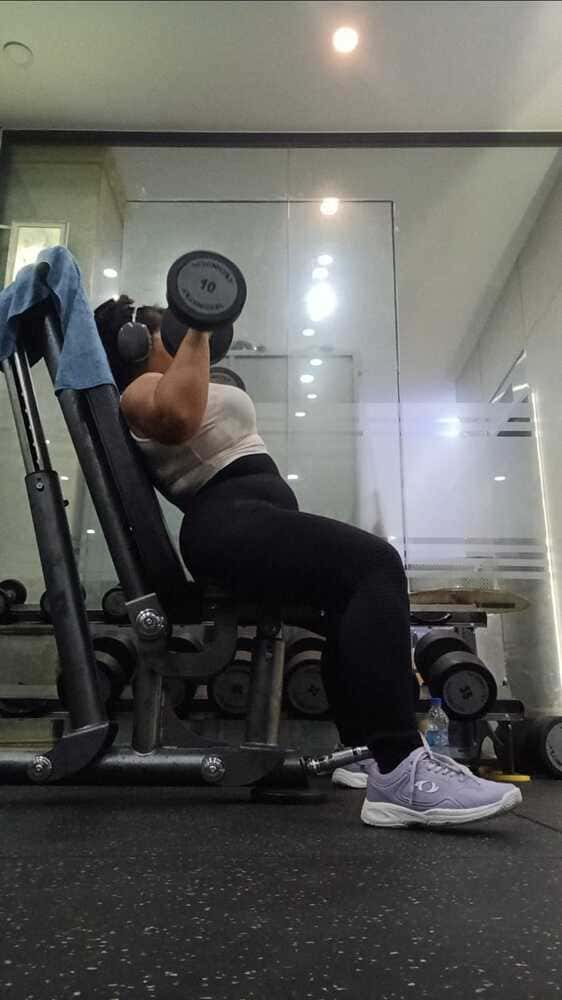
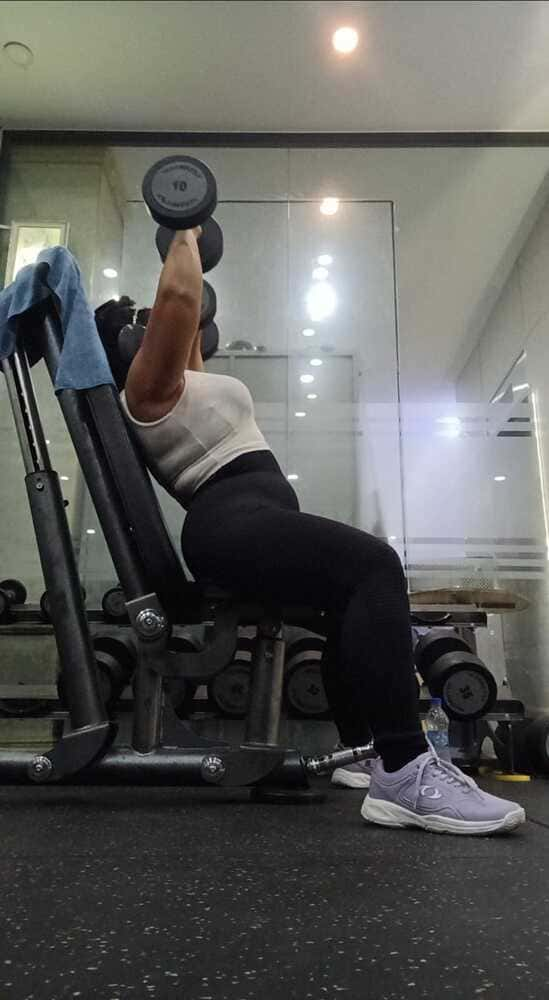
Incline Dumbbell Press
- Sets/Reps: 3 × 10–12
- Muscles: Upper chest, anterior deltoids
Targets the upper chest, an often-undertrained area in women that contributes to better posture, alignment, and collarbone definition.
Form Tips:
- Set bench at 30–45° incline
- Dumbbells should track just above the collarbone
- Keep wrists neutral and core engaged
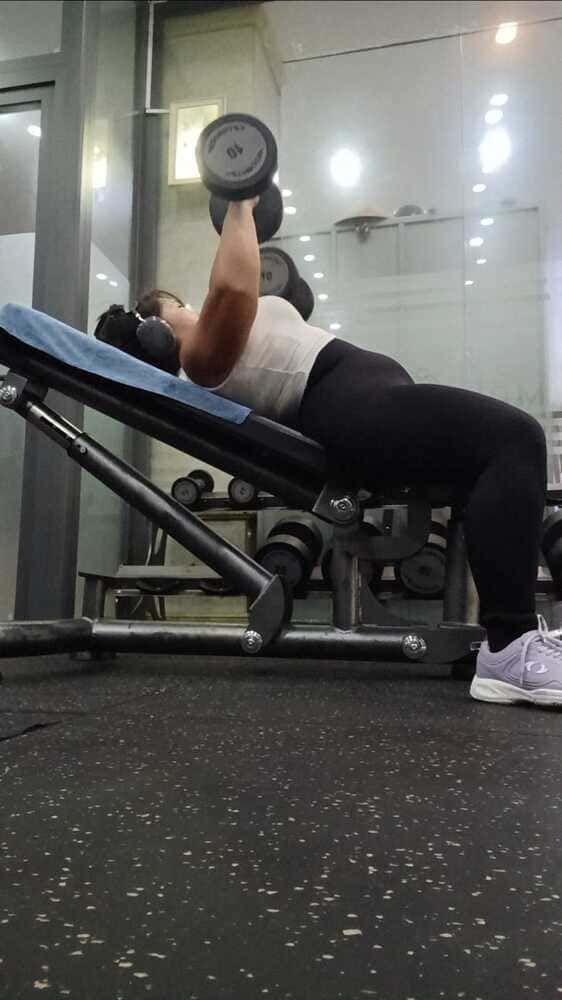
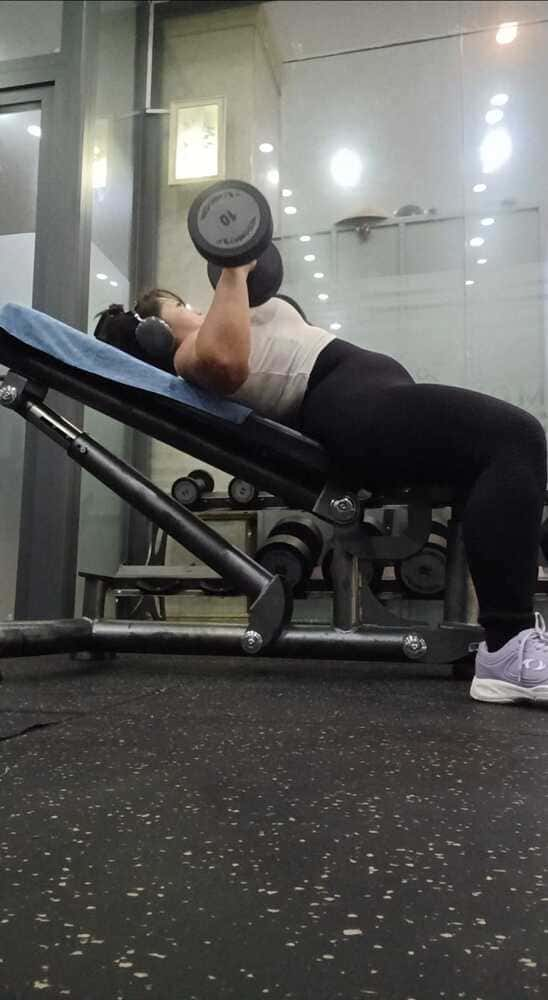
Lateral Raises
- Sets/Reps: 3 × 12–15
- Muscles: Side delts, traps (minimally)
Helps sculpt the shoulders from the sides, giving you that balanced, capped look.
Form Tips:
- Light weight, high control
- Soft bend in elbows
- Slight forward torso lean → better delt isolation
- Palms face down or slightly forward at top
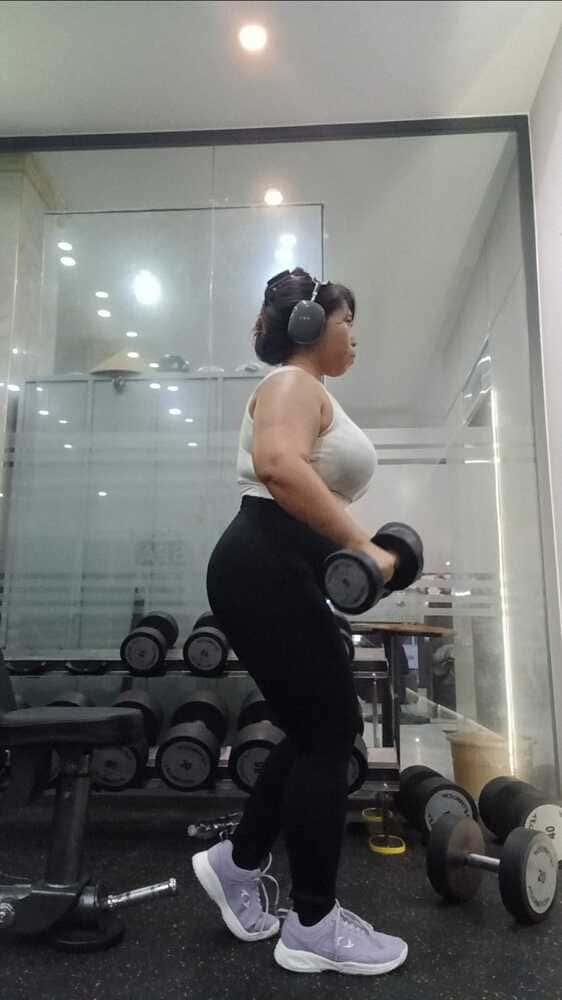
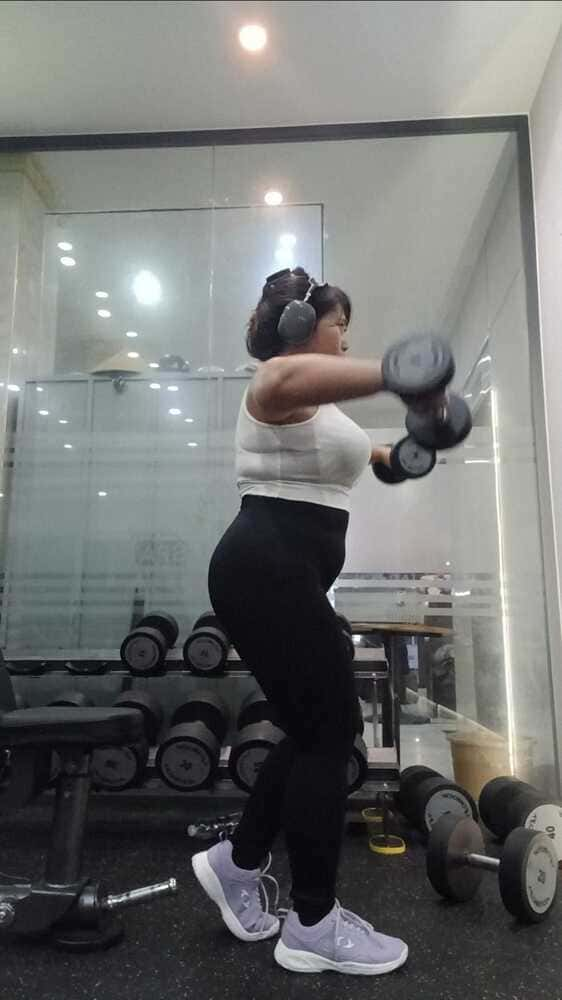
Push-Ups (Standard or Elevated)
- Sets/Reps: 2–3 × AMRAP
- Muscles: Chest, shoulders, triceps, core
One of the most effective bodyweight strength builders. Use a bench or countertop if needed.
Form Tips:
- Keep your body in a straight line (no hip sag!)
- Elbows tucked ~45° to body
- Squeeze glutes and abs throughout
Progression Tips: How to Keep Getting Stronger Without Burning Out
Building strength isn’t about crushing yourself, it’s about being strategic and consistent. Here’s how to apply progressive overload without wrecking your recovery:
| Method | How to Apply | Why It Works | Pro Tip |
|---|---|---|---|
| Add weight | +2.5–5 lbs every 1–2 weeks | Signals muscles to grow | Only if form is flawless |
| Add reps/sets | Go from 8 → 10 reps or 3 → 4 sets | Increases training volume | Great for accessory work |
| Shorten rest | 60 sec instead of 90 | Boosts metabolic stress | Time your rest, don’t guess |
| Track workouts | Log weight, reps, RPE | Shows patterns & progress | Use apps like Strong or Fitbod |
| Deload | Every 4–6 weeks reduce load by 30–50% | Supports recovery & long-term gains | Use time for mobility, light cardio |
| RPE (Rate of Perceived Exertion) | Aim for 7–9/10 effort | Keeps intensity in check | Adjust based on energy/sleep |
Cooldown & Recovery (3–5 Minutes)
Training is only half the equation. Recovery is where growth happens. Use this time to restore mobility, reduce soreness, and honor the work you just did.
Cooldown Sequence:
| Stretch | Time | Targets | Tips |
|---|---|---|---|
| Doorway Chest Stretch | 30–45 sec per side | Pecs, shoulders | Step forward gently, relax the neck |
| Overhead Triceps Stretch | 30 sec per side | Triceps, lats | Keep ribs pulled down |
| Thread-the-Needle (Optional) | 30 sec per side | Upper back, rear delts | Rest shoulder and head on floor |
| Foam Roller Chest Opener | 1–2 min | Chest, thoracic spine | Let gravity open the chest |
Deep breathing = faster recovery. Inhale through your nose, exhale slow through your mouth.
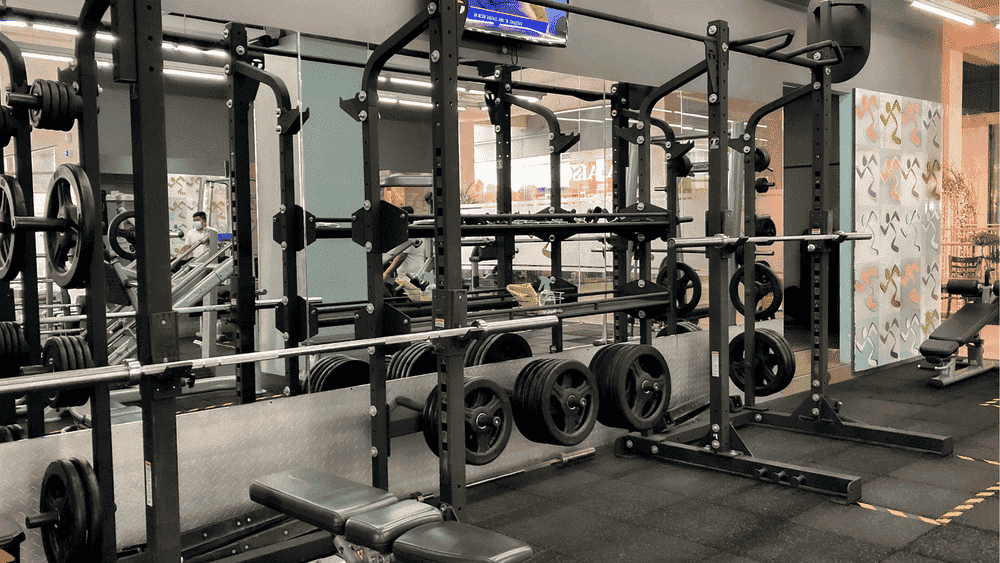
Final Thoughts
This chest and shoulder workout isn’t just about reps and sets, it’s about building a body that works for you.
Every press, every push, every drop of sweat is proof that you’re not just training for looks, you’re training for life. You’re getting stronger, more capable, more confident, inside and out.
Here’s what to remember:
- Don’t skip upper body work, your posture, strength, and symmetry depend on it.
- You don’t need to lift the heaviest, you just need to lift intentionally.
- Progress shows up in more ways than the mirror, more reps, smoother form, or simply showing up.
So take the win, celebrate the sweat, and carry that power into everything you do inside and outside the gym.
Want to keep the momentum going?
👉 Next up: Try the Back & Biceps Pull Day Workout for Women for your next upper body session
👉 Or plan your full week with the Realistic 3-Day Push/Pull/Legs Plan for Midsize Women
👉 Curious about your gym goals? Read: Fitness Goals for Midsize Women: Do You Want to Be Skinny or Strong?
Your strength is real. Your body is worthy. And every time you lift, you’re proving it, rep by rep.
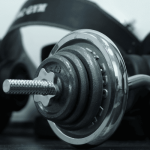
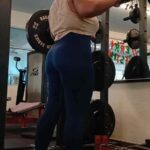
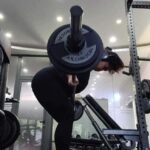
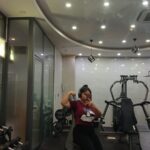







Leave a Reply